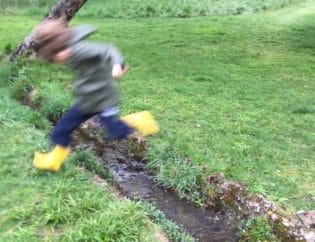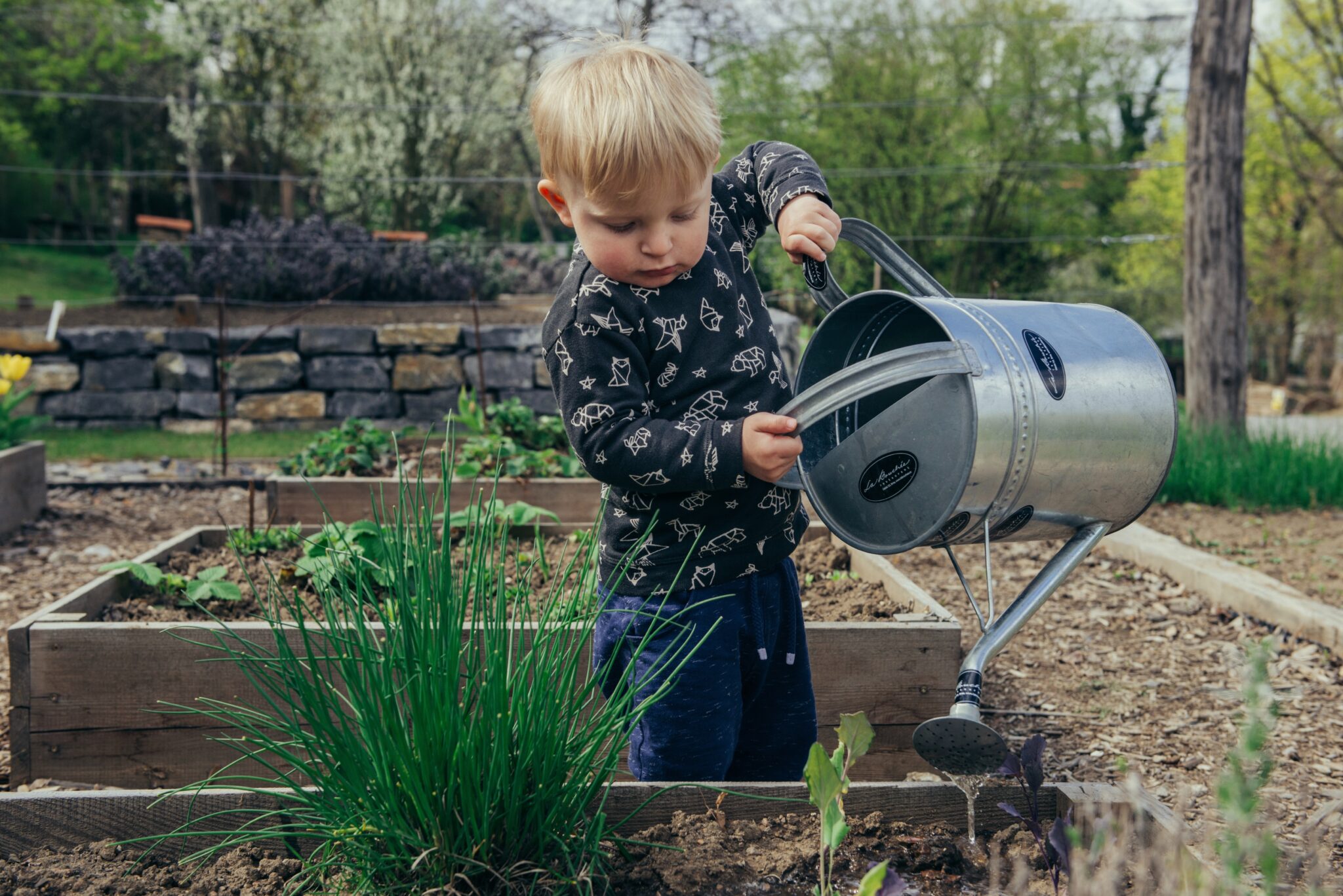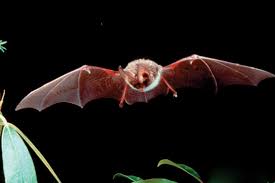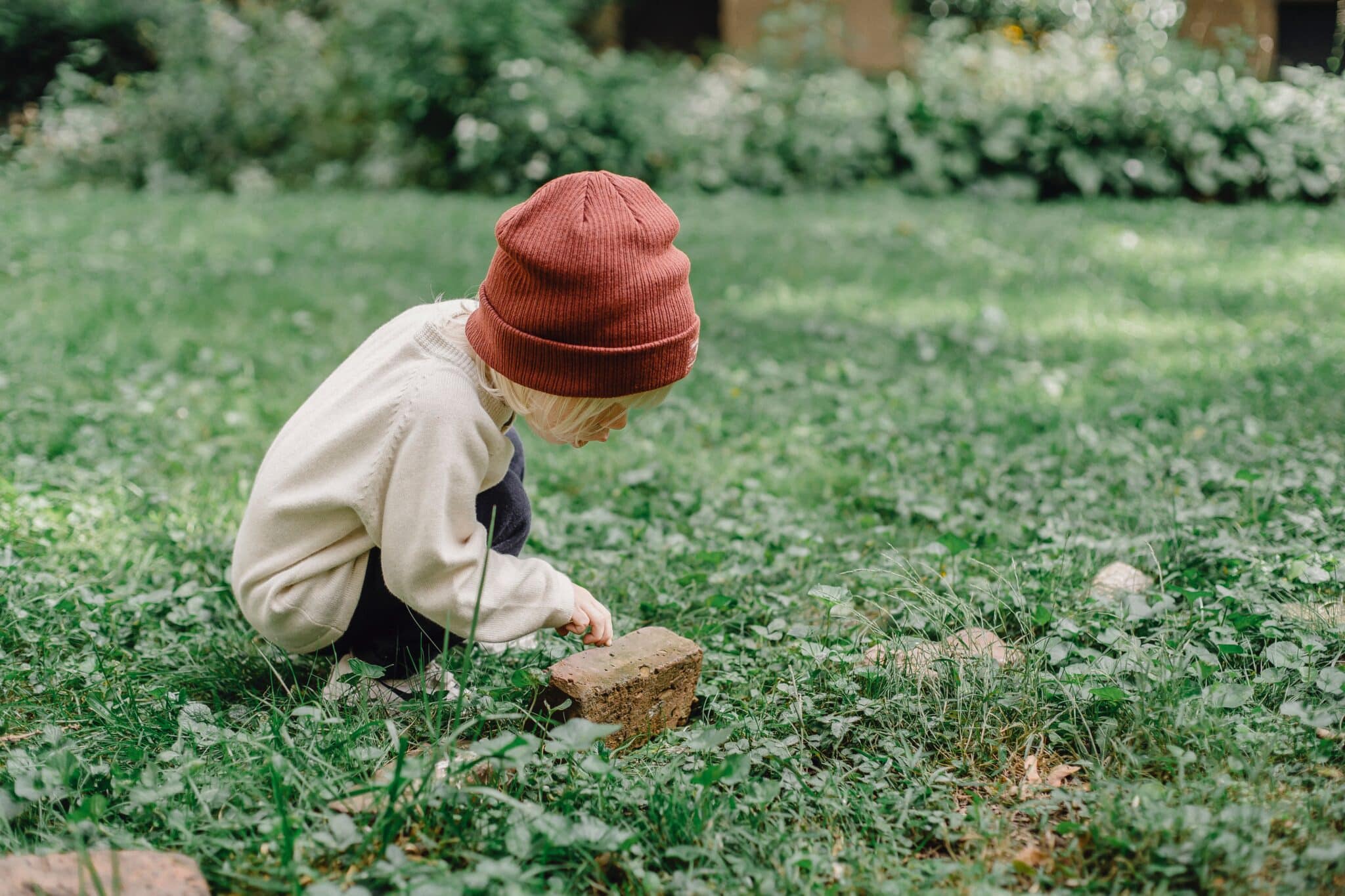
With their numbers in serious decline worldwide, insects are in serious trouble. It’s more important than ever to encourage your child’s interest in insects. And since they are adapted to live in virtually all habitats: land, in water and in air and all continents including Antarctica, finding them and studying them is one of the easiest nearby nature activities you can do together!
The first step to finding insects is to go out prepared. Bugs may be prevalent, especially in the warmer weather, but armed with wings and speed, they can be tough to catch. Help your child put together a bug collecting kit. You can buy one ready-made or put one together on your own.
Here are a few handy items to keep in your kit:
- A container with holes for breathing.
- A net for catching flying insects like butterflies.
- A notebook & pencil to sketch the insects in the wild.
- A magnifying glass for getting a closer look.
- It’s also handy to have a smartphone to use an insect-identifying app, take a photo to ID the critter at home or create artwork from later.
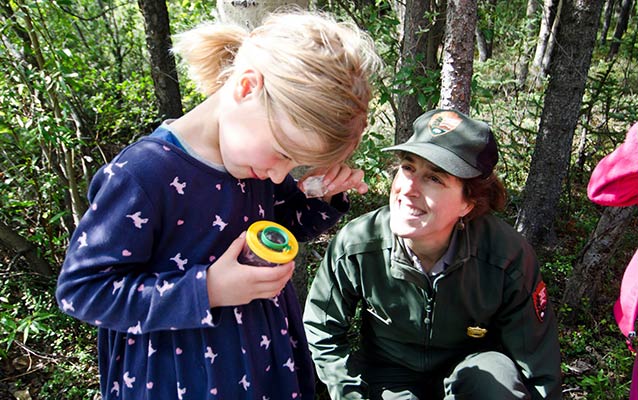
Before your child goes out on their backyard bug hunt, help them understand the types of insects that they are likely to find in your backyard. You can do an online search together or look through a field book on insects in your area. Some good insects to focus on might include ladybugs and other beetles, butterflies and caterpillars, grasshoppers, dragonflies and ants. Make sure you point out that there are insects that they shouldn’t touch or disturb like fire ants or other biting ants as well as other stinging bugs like bees and wasps. And ticks, which can transmit Lyme disease to you and your child, should be avoided at all costs. Make sure you take precautions whenever you head outside with your child to prevent ticks from biting. Any tall grass, low-to-the-ground shrubs or wooded plants have ticks in them. Dress properly and do a tick check as soon as you arrive home.
Now that they have tools and information, it’s time to head out and have a look! Their first hunt may take some time to find critters, but once they learn how to find them, they will spot bugs everywhere they look!
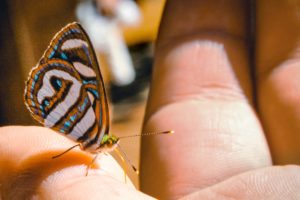
Help your child scan locations that are fun and safe for searching for insects. Together, brainstorm where you think insects might like to hang out. Think about shelter, shade, water, food, etc. Areas that are great insect hangouts include:
- Under rotting logs or leaves
- Under stones and boards
- In piles of dry leaves
- The underside of a leaf
- Among flowers
- On trees
- Deep in the ground
- Streams, rivers or ponds
- In the grass

Once your child has found the insects they are looking for, they need to know how to catch them. Depending on the insect, there are certain tools and techniques to aid in their capture. If you suspect the insect will jump, fly or crawl away before your child can get a good look, use a net to gently place the bug into your container. Your child can make the container more insect-friendly by adding some leaves and twigs from around the area where they found the bug.
In the container or in the wild, your child should now make a detailed observation of the insect. They should notice details such as its behavior, its color, shape, appendages like legs and wings, where they found it, if there were other insects around. Make sure they take notes, draw a picture or take a photo with a camera for further investigation and ID at home.
After they have observed their insect, your child can thank the insect for its job keeping our planet healthy and then release it back where they found it so it can go out on its merry way to do its important job in the world!






